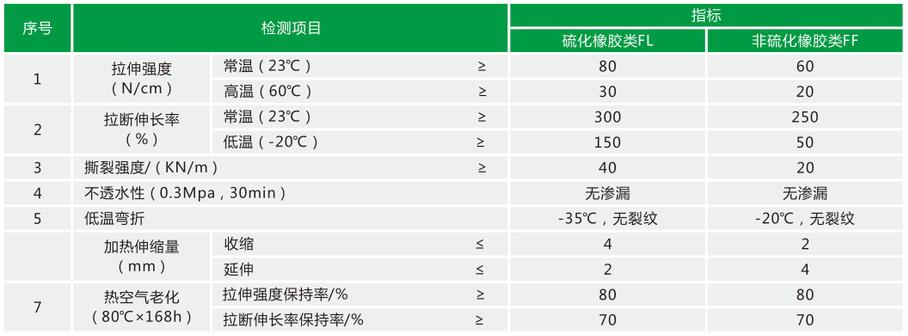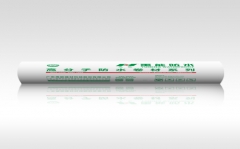YN-A685 EPDM (Ethylene Propylene Diene Monomer) Rubber Waterproof Membrane
Product Description
YN-A685 EPDM (Ethylene Propylene Diene Monomer) Rubber Waterproof Membrane is a single-layer synthetic polymer rubber waterproof membrane with excellent homogeneous properties. It is primarily composed of EPDM rubber and is processed through a series of steps including intensive mixing with reinforcing agents, plasticizers, antioxidants, vulcanization accelerators, and other processing additives, cooling, filtering, vulcanization, extrusion, continuous vulcanization under pressure, and inspection.
Product Features
- Modified structure;
- Long service life, resistance to aging, with a lifespan of over 20 years for roofing materials and up to 50 years for underground applications;
- High elongation and tensile strength, with minimal dimensional changes after heat treatment;
- Excellent resistance to plant root penetration, suitable for creating waterproof layers on green roofs;
- Good flexibility at low temperatures and excellent adaptability to changes in ambient temperature;
- Easy to install;
- Resistance to chemical corrosion, suitable for specialized applications;
- Convenient for maintenance and low in cost;
- Easy for detailed treatment;
- Excellent puncture resistance.
Specification and Model
Thickness: 1.2mm/1.5mm/2.0mm
Width: 1.0m
Length: 20m
Scope of Application
It is suitable for waterproofing works on the roofs and underground areas of industrial and civil buildings, as well as for water reservoirs, municipal projects, subways, tunnels, and other engineering projects. It is particularly suited for key waterproofing projects that require high durability, corrosion resistance, and flexibility.

Construction Method
-
Base Layer Preparation: The waterproof base layer should be firm, smooth, clean, dry (with a moisture content ≤9%), and free of dust and oil.
-
The corners of the base layer should be made into arcs or triangles, with the arc radius being greater than 50mm. The drainage slope, dividing joints, and exhaust vents on the roof should be treated according to design requirements.
-
Depending on the specific conditions of the project, full paving, mechanical fixation, or wet paving methods can be adopted.
-
Wet Paving Construction Process:
- Clean the base layer.
- Prepare cement glue.
- Treat additional layers at nodes.
- Mark and snap lines for positioning.
- Conduct a trial paving.
- Lay and pave the waterproof membrane.
- Ventilate and compact.
- Bond seams and end closures with special adhesive strips.
- Seal nodes.
- Clean, inspect, and trim (a protective layer can be added if specially required by the drawings).
- Reference the construction process for polyethylene polypropylene fiber waterproof membranes. Overlap and end closure areas can be directly cold-bonded using special self-adhesive tape.
Precautions
- Waterproof membranes cannot be laid during rainy, snowy, foggy, or windy weather, or when the base surface is wet.
- When laying waterproof membranes, the construction temperature should be between 5-35°C, and the relative humidity should be less than 80%.
- During the construction process, each step should not be crossed, and all node areas must be reinforced.
- Keep away from fire and heat sources during construction.
- Construction should be completed on the same day it starts. For unfinished areas, protection should be promptly provided to avoid contamination from dust, rainwater, and oil stains.
- Under normal storage conditions, the shelf life is one year from the date of manufacture.
Technical Specifications
According to the design requirements of the drawings, different projects have different technical specifications and can be customized to meet the design requirements.
Execution Standard: GB 18173.1-2012



